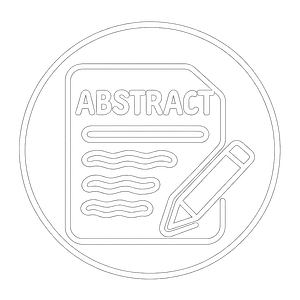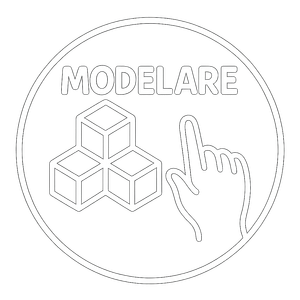Conceptualization of Everything
How We Train the Mind to Create Abstract Structures?
Have you ever stopped and asked yourself: What do I really see when I look at the world? A tree, a person, a rule, a system — are these things as they are, or as we have learned to structure them?
From our earliest years, the mind begins its silent work. It categorizes, it filters, it finds patterns. A child sees a dog once, then another, and suddenly “dog” becomes a concept — no longer a specific creature but a mental framework. This is where it begins: the act of abstraction, the seed of all conceptualization. We learn not to see objects, but to see types. Not experiences, but structures.
Yet, what is conceptualization, really? It’s not just thinking — it’s the deeper architecture behind thought. It’s that quiet inner engineer who decides what matters, what connects, and what gets ignored. While others might focus on what happens, the conceptual mind asks: What does this mean? What is its form? What is the unseen mechanism behind it?
We often speak of thinking as a linear process, a string of ideas we follow to a conclusion. But conceptualization defies that simplicity. It is not a line, but a scaffold — built in layers, with interlocking parts, perspectives, constraints, and analogies. We do not merely remember — we reconstruct. And each time we understand something deeply, we are not just consuming information, we are constructing a model of it, whether we know it or not.
Think for a moment: how do you recall a memory? You don’t play a video; you rebuild the feeling, the sequence, the people, the setting. You fetch fragments and link them. You model it. Every thought you’ve ever had was laid on top of other thoughts, which themselves were abstractions of patterns, filtered from experiences. We are not creatures of facts. We are creatures of models.
But can this modeling instinct be trained? Can we sharpen it?
The answer is yes — if we learn to see the world not as a collection of things, but as a network of relationships. When you read a complex article, solve a design problem, or observe an organization in chaos, ask yourself: Where is the structure? Where are the repeating forms? What’s the essential shape of this situation?
Some people are born with a natural instinct for patterns, but true conceptual thinking is discipline, not just talent. It is practice. Just like a pianist practices scales or an architect sketches volumes, the conceptual mind trains itself to see through the noise. It asks questions, often the kind that sound deceptively simple:
What is the essence of this?
What belongs inside this boundary — and what does not?
How do I know when a concept is clear, and when it's merely familiar?
And slowly, a transformation occurs. You start to see feedback loops in politics. You see inheritance structures in culture. You notice recursive patterns in social behavior, and modularity in economic systems. You begin to see systems everywhere, and more importantly — you begin to see your own thought process as a system.
This moment — when you no longer merely think, but begin to observe how you think — is when true conceptualization begins.
But it does not stop there.
At some point, you realize that building models in your mind is not enough. You must externalize them — make them visible. That’s when you pick up a pen and sketch a diagram, or you speak in metaphors, or you write a paragraph that captures an invisible logic. This is the act of modeling: not just abstracting reality, but encoding it, sharing it, allowing others to inhabit your thought structure.
It’s a vulnerable act, really — to show others how you see. Because it reveals your priorities, your categories, your assumptions. But it is also a generous one, because it invites dialogue. This is how I structure this idea — how do you structure it? In that exchange, knowledge becomes collaborative. And the more precise our abstractions, the deeper the understanding we can share.
There’s a kind of beauty in this: that conceptualization allows us to simulate reality without being trapped in it. We can test ideas before they exist. We can imagine systems that never were. We can question the form of justice, the shape of memory, the architecture of language.
So the real question is not can we conceptualize everything?
But rather: What would happen if we did?
If we chose to model our lives as systems, our beliefs as structures, our emotions as flows? Would we gain control — or lose our spontaneity? Would we see more — or see too much?
There is no final answer, only a direction: a path toward clarity.
To conceptualize everything is not to reduce the world to boxes and arrows — it is to honor its complexity by giving it shape. It is to train the mind not merely to react, but to organize, to design thought as if thought itself were architecture. It is to become a builder of meaning.
And perhaps, that is what thinking was always meant to be.





